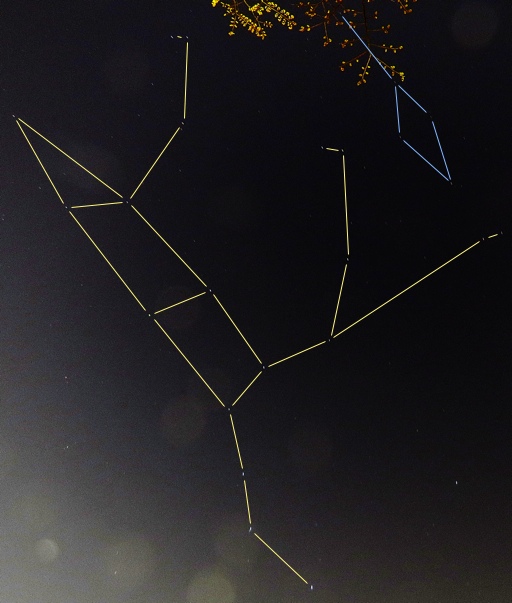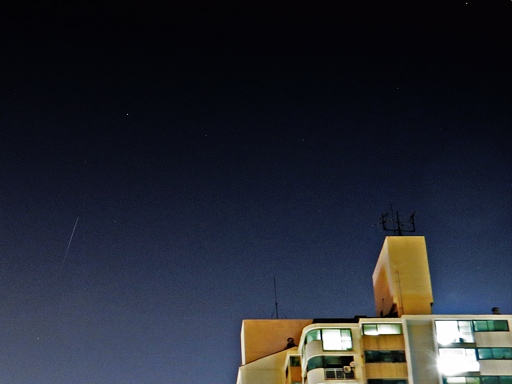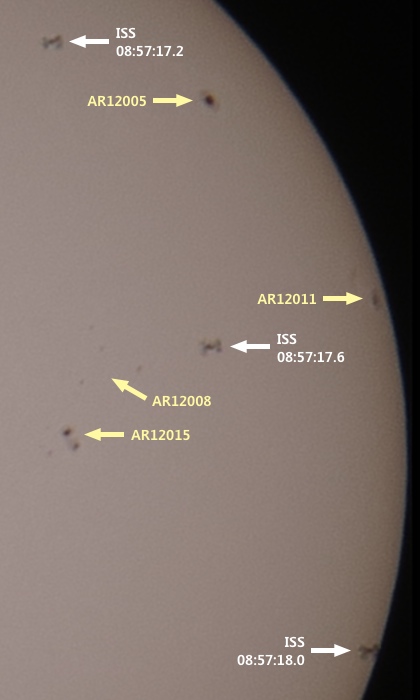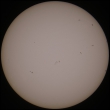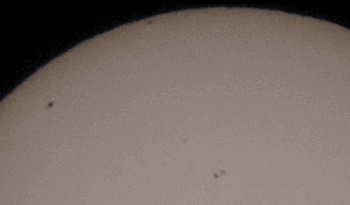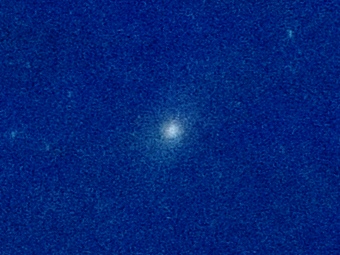Ursa Major & Leo Minor
Posted by Wesley onShortly after watching the MetOp-A satellite flare, I pointed the camera vertically up for a test of how long I could leave the shutter open before the light pollution whitened things out. In the process, the entirety of two constellations, Urga Major and Leo Minor, were caught in the resulting photo. The Big Dipper makes up the bottom portion of the Ursa Major.
If you click on the image for the full resolution version, the star trails are noticeable. I'll be trying out a star tracker I recently bought to see if this can be effectively eliminated. Too bad the weather these days are generally cloudy.
Device: Canon SX50 HS
Settings: 24mm - ISO 80 - 60s - f/3.4
Filters: None
Time: 2014-04-08 21:31 KST
Location: Suwon, Korea
